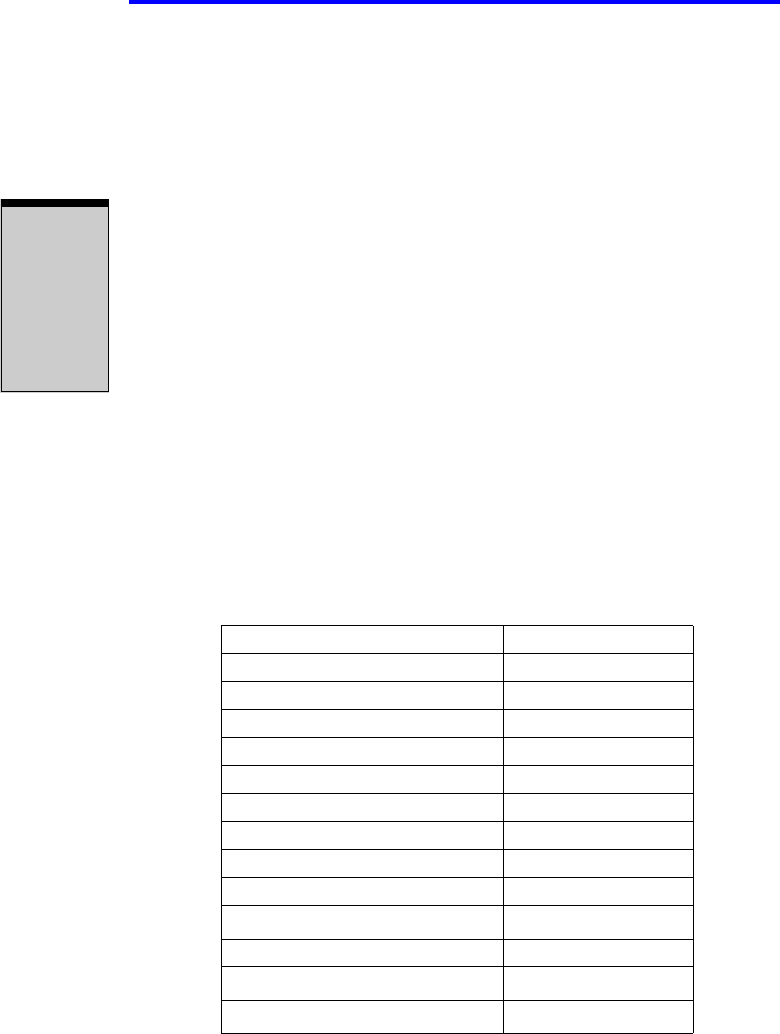
User’s Manual
G-2
A
PPENDIX
G
The range of the wireless signal is related to the transmit rate of the wireless
communication. Communications at lower transmit range may travel larger
distances.
◆ The range of your wireless devices can be affected when the antennas are
placed near metal surfaces and solid high-density materials.
◆ Range is also impacted due to “obstacles” in the signal path of the radio that
may either absorb or reflect the radio signal.
Supported frequency sub-bands
Subject to the radio regulations that apply in your country/region, your Wireless
LAN card may support a different set of 5 GHz/2.4 GHz channels.
Consult your Authorized Wireless LAN or TOSHIBA Sales office for informa-
tion about the radio regulations that apply in your country/region.
Wireless IEEE 802.11 Channels Sets (Revision B and G)
R-F Frequency
■ Band 5 GHz (5150-5850 MHz) (Revision A, 11a
Turbo Mode)
■ Band 2.4 GHz (2400-2483.5 MHz)
(Revision B, G, 11g Turbo Mode)
Modulation Tech-
nique
Direct Sequence Spread Spectrum
■ CCK, DQPSK, DBPSK (Revision B)
■ OFDM-BPSK, OFDM-QPSK, OFDM-
16QAM, OFDM-64QAM (Revision A, G Turbo
Mode)
Frequency Range Channel ID 2400-2483.5 MHz
1 2412
2 2417
3 2422
4 2427
5 2432
6 2437
7 2442
8 2447
9 2452
10
2457
*1
11 2462
12
2467
*2
13
2472
*2


















